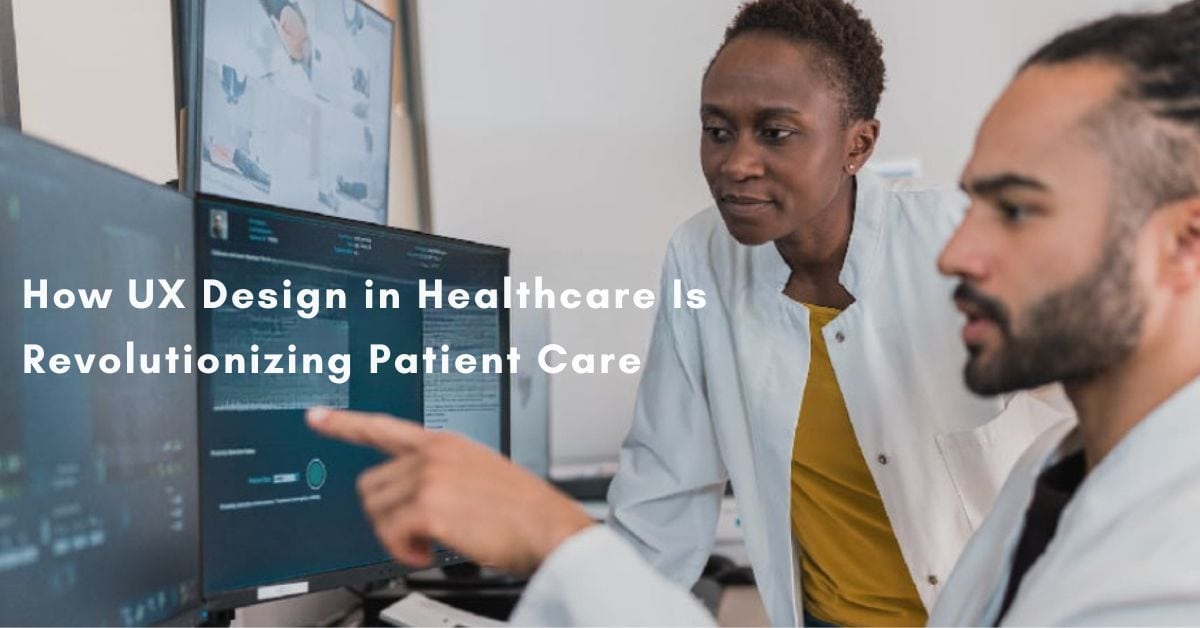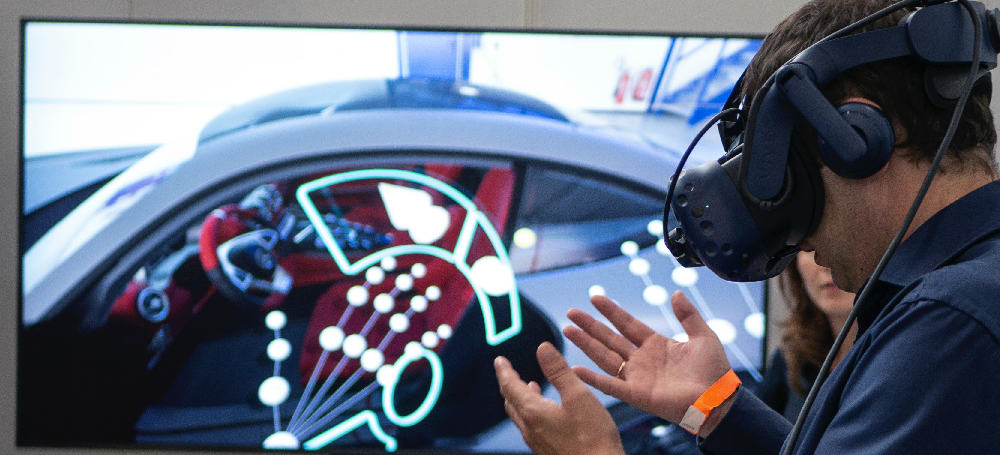

How UX Design in Healthcare Is Revolutionizing Patient Care
The field of UX design in healthcare is changing the way patients, healthcare providers, and hospital staff engage with technology in our modern world. With everything from hospital management systems to mobile healthcare applications, technology can be simplified with good UX design. With a holistic approach that incorporates efficiency, healthcare systems can now provide services that are easy to navigate, intuitive, and assist in the resolution of problems.
Why UX Design in Healthcare Matters
The healthcare system is faced with important decisions that are time sensitive and require a high degree of accuracy and trust. While high-stakes healthcare decisions are being made, a poorly designed system can lead to utter confusion, slow down workflows, and, in the worst-case scenario, cause drastic medical mistakes. Fortunately, UX Design in Healthcare specializes in focus areas directed at the creation of workflows and interfaces that reduce the mental effort required from the user, which in turn leads to safety-critical system improvements.
UX design in healthcare offers remarkable advantages for the healthcare system, such as
- Improve patients’ access: Makes information technology systems usable to everyone, which includes the different age groups, the elderly, people living with disabilities, and less educated individuals.
- Advance patients’ active engagement: Motivating patients to manage their healthcare and be proactive in their care.
- Decrease mistakes: Help prevent mistakes from occurring by showing information in a simple, clear, and easy-to-understand manner.
- Improve efficiency: Cutting down the time needed to complete important tasks for patients and providers.
In addition to improving patient pleasure, effective UX healthcare technology helps medical personnel achieve better outcomes.
Key Principles of Healthcare UX Design
A healthcare UX design combines aesthetics with workflow, user needs, and utility. The following rules need to be considered.
- Streamlined Workflows: The discoverability of items should not require heavy cognitive lifting. Menus, dashboards, and workflows should be arranged in a hierarchical fashion from general to specific.
- Mobile Responsiveness: Mobile-friendly designs are becoming essential as more patients access healthcare via smartphones.
- Healthcare UX design: Using the same font, color scheme, and iconography on every site fosters familiarity and confidence.
- Access Control: Ease of access for vetted users should be balanced with robust security.
By incorporating these recommendations, UX design in healthcare will be better equipped to serve patients, physicians, and administrative personnel.
The Role of Healthcare User Experience in Patient Care
Patient experience and trust are impacted by healthcare user experience. Lack of clarity and excessive time demand from a platform will drive patients away, resulting in skipped appointments, scant record keeping, and communication gaps.
An interface that caters to patient needs significantly enhances healthcare delivery.
For Example:
- Software for telehealth that allows patient booking with just three clicks rather than browsing through multiple menus.
- Portals that display medical test results provide clear explanations rather than technical jargon.
- Prescription refill systems that issue reminders and permit one-click ordering.
Through the integration of telemedicine within the Healthcare App Development, UX healthcare becomes indispensable to delivering care that is timely and, to a large extent, free from unnecessary delays and obstacles.

UX Design in Healthcare: Driving Digital Transformation
The healthcare industry is witnessing a rapid surge in the incorporation of digital tools; in effect, UX design in healthcare has become a focal point in change strategy. Healthcare providers, hospitals, and clinics are focusing their resources on investing in healthcare UX design with the goal of offering not just functional but captivating systems.
Ways UX Design Is Revolutionizing Healthcare:
- Wearable Device Integration: Offers instantaneous viewing of health tracking data in real-time to the patients and their healthcare providers through easy-to-read formats.
- Personalized Dashboards: Gives users a glance of pertinent health metrics and sets appointments and alerts through custom views.
- AI-Powered Insights: Empowers patients to make informed choices with intelligent suggestions tailored to their health.
- Simplified Telemedicine: Interfaces through UX design help patients connect with their practitioners, increasing the telemedicine’s overall efficiency.
These innovations make sure that UX design in healthcare not only enhances engagement with digital platforms but also enhances clinical outcomes.
Challenges in Implementing UX Healthcare Solutions
While there is value to be added, impactful healthcare UX design has its challenges:
UX Healthcare Design Challenges
- Meeting regulation standards: All design requirements must comply with HIPAA, GDPR, and other pertinent regional data privacy regulations.
- Diversity: Addressing a wide array of tech literacy levels.
- Workflows: Merging clinical need with user-centric ease.
- Privacy versus accessibility: Securing highly confidential data from potential risks while providing simple access to authorized individuals.
Engaging UX designers, healthcare specialists, and patients is the best way to tackle these issues.
The Future of UX Design in Healthcare
According to forecasts, UX design in healthcare will become more sophisticated and customized.
Anticipated innovations include:
- Healthcare systems that can be navigated with voice command for a more hands-free experience.
- Advanced VR interfaces that help teach patients and assist with their rehabilitation.
- Augmented telehealth services with better healthcare user experience.
Instead of contributing to the deluge of overwhelming information, technology may become a powerful tool if UX healthcare techniques are continuously improved.
Final Thoughts
The development of UX design in the healthcare industry signifies a departure from the idea of aesthetics alone. It’s a paradigm where the healthcare user experience delivery is transformed.
Enhancing the healthcare UX design system guarantees that the patients receive the appropriate medical care they need at the right time without any hassle. In the dynamic realm of technology, prioritizing the user experience will significantly impact patient trust, boost overall productivity, and most crucially, contribute to lifesaving.
Contact Us today to explore how we can help transform your healthcare platform with intuitive design and advanced technology.
